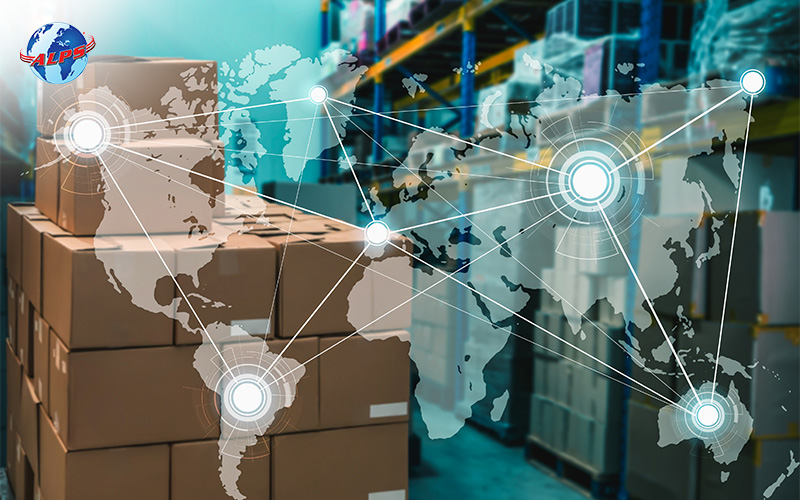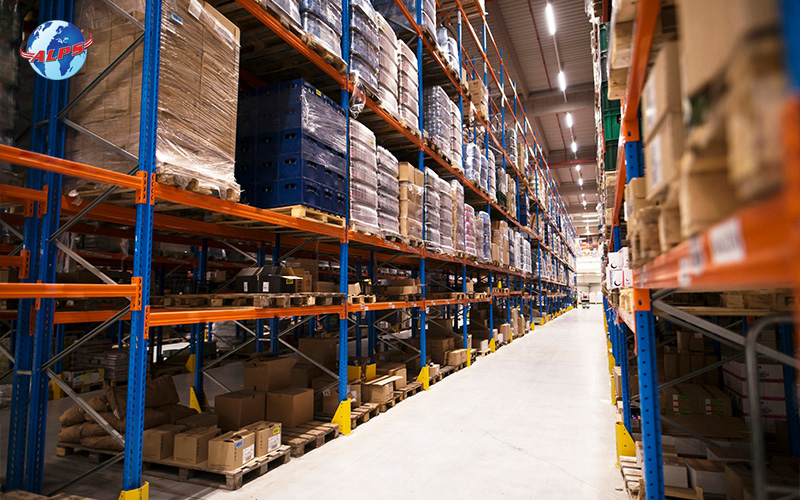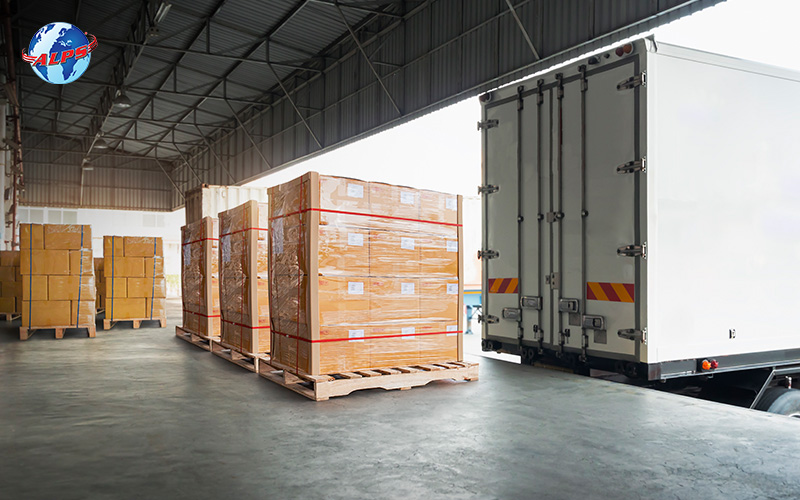Key Takeaways
- Port congestion is caused by predictable factors like seasonal demand, labour shortages, and vessel bunching—understanding these helps with better planning.
- Delays lead to increased costs such as demurrage, detention, and lost customer trust, highlighting the need for buffer time and proactive logistics management.
- Flexible shipping strategies and expert freight forwarders are essential for navigating congestion and maintaining timely, cost-effective sea cargo shipping.
If you rely on global shipping to move goods, you’ve likely felt the frustration of port congestion. This all-too-common bottleneck in international trade doesn’t just cause shipping delays; it can disrupt your entire supply chain and dent your bottom line. As a logistics company in Singapore specialising in sea freight, we know how important it is for businesses to understand the challenges and build resilient shipping strategies.
Let’s break down what’s really going on behind the congestion and what you can do about it.
1. Understanding the Root Causes of Port Congestion
This bottleneck doesn’t just happen out of nowhere. It’s typically triggered by a combination of factors. Seasonal demand spikes, like the rush before major holidays or shopping events, can cause a surge in container volume. When paired with labour shortages, customs clearance delays, or equipment imbalances, this leads to bottlenecks at ports.
Another common cause is vessel bunching, when multiple ships arrive at the same port at the same time due to poor weather, mechanical issues, or upstream delays. This overwhelms port resources and slows down unloading and loading activities.
By recognising these patterns, businesses can better anticipate delays and proactively adjust their timelines to minimise disruptions caused by port congestion.
2. How Congestion Impacts Shipping Costs and Delivery Schedules
The financial impact of port congestion is more than just delayed deliveries. It comes with a stack of hidden costs. When containers sit idle waiting for a berth or customs clearance, storage and demurrage charges quickly add up. You may also incur detention fees if empty containers are returned late.
Delays in freight by sea can affect customer trust, especially in industries where just-in-time inventory systems are essential. Late deliveries can ripple across your supply chain, delaying production and distribution further downstream.
Keeping customers informed and building in buffer time is key to maintaining service levels and managing expectations when congestion hits.
3. Smart Planning with Flexible Shipping Routes and Schedules
One of the smartest ways to plan around port congestion is to build flexibility into your logistics strategy. Instead of relying on one fixed route or port, consider alternative shipping lanes or even less congested ports in neighbouring regions.
Booking earlier than usual can also help secure your preferred schedules before demand peaks. For time-sensitive goods, hybrid options like sea-air shipping can offer a practical balance between cost and speed.
Having a contingency plan gives your business room to manoeuvre when port disruptions strike, allowing you to protect your delivery commitments and manage rising costs.
4. Leveraging Real-Time Port Data and Freight Forwarder Expertise
In today’s digital logistics environment, there’s no reason to be caught off guard. Real-time tracking tools offer visibility into port activity, container status, and vessel movement, letting you respond quickly to emerging bottlenecks.
More importantly, partnering with an experienced freight forwarder who specialises in sea cargo shipping can make all the difference. These experts can help reroute shipments, rebook sailings, and coordinate across carriers to keep your cargo moving, even when the ports are jammed.
With their support, you can reduce risk, avoid unnecessary costs, and keep your supply chain as smooth as possible despite the unpredictability of port congestion.
To sum things up, congestion at the port is an unavoidable part of global trade, but it doesn’t have to derail your operations. By understanding the causes, planning with flexibility, and leveraging expert support, your business can stay agile and competitive.
So, if you’re ready to navigate today’s shipping challenges more efficiently, our team is here to help. Let’s optimise your logistics strategy and keep your goods flowing—no matter the port conditions.
Contact us today to know more!













